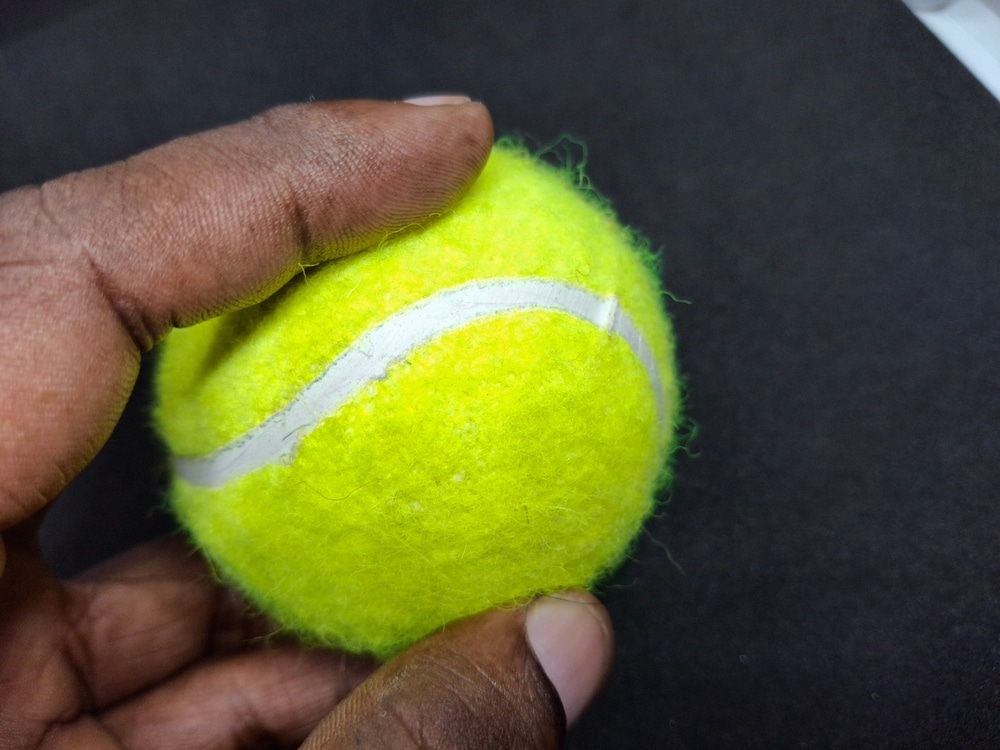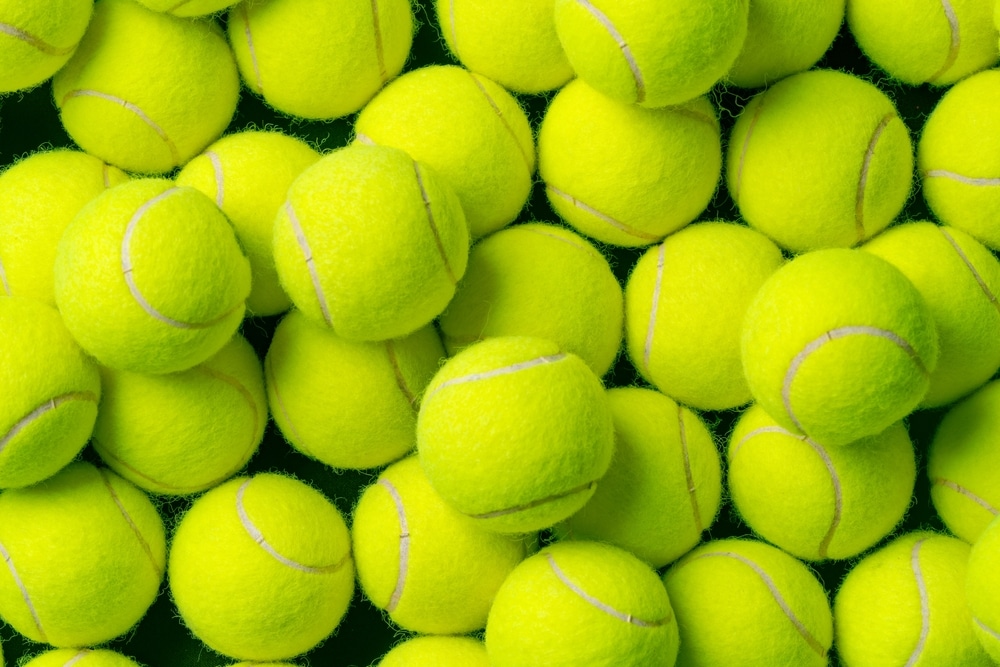Table of Contents
We already know you must love your tennis game, but do you know your ball’s diameter? Now, understanding the tennis net height is a great factor, especially if you’re a seasoned tennis player. However, at the same time, you need to understand the tennis ball diameter. What does it do? Undoubtedly, it helps you play the game even more efficiently. As, you can easily judge the ball’s weight and dimensions, especially when your opponent hits it from afar. Let us help you know all about the tennis ball diameter and some of the other factors related to it.
Measuring the Ball’s Size
A tennis ball’s diameter normally falls within a set range, ensuring consistency between games and competitions. During play, its dimension directly impacts the ball’s aerodynamic qualities and bounce characteristics, refer to the 3D model of tennis ball diameter. A consistent diameter guarantees consistency and predictability, allowing players to efficiently anticipate and respond to ball motions. The commitment to preserving the integrity and caliber of the game is demonstrated by the observance of specified diameter criteria, whether in big sporting events or recreational play. Let us learn about the official diameter of your tennis ball.

Official Tennis Ball Diameter
The ITF defines the official diameter of a tennis ball as ranging from 2.57 to 2.70 inches (or approximately 6.54 to 6.86 cm). This range accounts for minor variations across different brands and manufacturers. The regulated diameter ensures a fair and consistent experience in terms of bounce, weight, and speed.
- Diameter in inches: 2.57–2.70 inches
- Diameter in centimeters: 6.54–6.86 cm
- Regulation tolerance: ±0.03 inches
This regulated size helps keep gameplay standard worldwide, making it possible for players to have predictable ball behavior on any court.
Importance of Tennis Ball Diameter
The diameter of a tennis ball directly affects the way it bounces and behaves on the court. Smaller variations in diameter can impact the ball’s aerodynamic properties and its interaction with the racket and court surface.
- Larger Diameter: May create more air resistance and slow down the ball
- Smaller Diameter: May lead to a faster, lower bounce
- Regulation size ensures uniform play across all levels
The ITF’s regulation on size and other features ensures that players have a consistent experience, whether they’re playing on a hard, clay, or grass court.

Pressurized vs. Non-Pressurized Balls
Pressurized tennis balls are common in professional and recreational play because they offer the optimal bounce due to internal air pressure. However, these balls can lose their bounce over time as the pressure gradually decreases. Non-pressurized balls, on the other hand, maintain their bounce but might not feel as lively during play.
- Pressurized Balls: Great for matches, but lose bounce with time
- Non-pressurized Balls: Last longer but are typically used for practice
- Bounce Behavior: Pressurized balls bounce higher initially but wear down faster
Materials and Construction
Tennis balls are made from a rubber core covered with felt, which helps with grip and control. The rubber core is pressurized to ensure the correct bounce, while the felt covering provides durability and control. The tennis ball diameter greatly depends on this. Over time, the felt wears down, which can affect the ball’s bounce and speed.
- Rubber Core: Creates a resilient bounce
- Felt Covering: Affects spin and control
- Durability: Felt may wear out, impacting performance. Make sure to choose the right tennis racket and serve your ball well.

Final Thoughts
To sum up, the International Tennis Federation (ITF) defines the official diameter of a tennis ball as a specification that sets the rules for the integrity and uniformity of the game. The ball behavior on the court is always an influence of tennis ball diameter, regardless of whether the balls are pressure-less rubber or felt-covered pressurized balls. To ensure that the game of tennis runs properly, consider the significance of that 2.575-inch diameter the next time you’re on the court.
In conclusion, it’s a minor but crucial part of the tennis game. Read more of our articles on tennis and be a part of the tennis world.
HIT THE BALL HIGH UP IN THE AIR!


